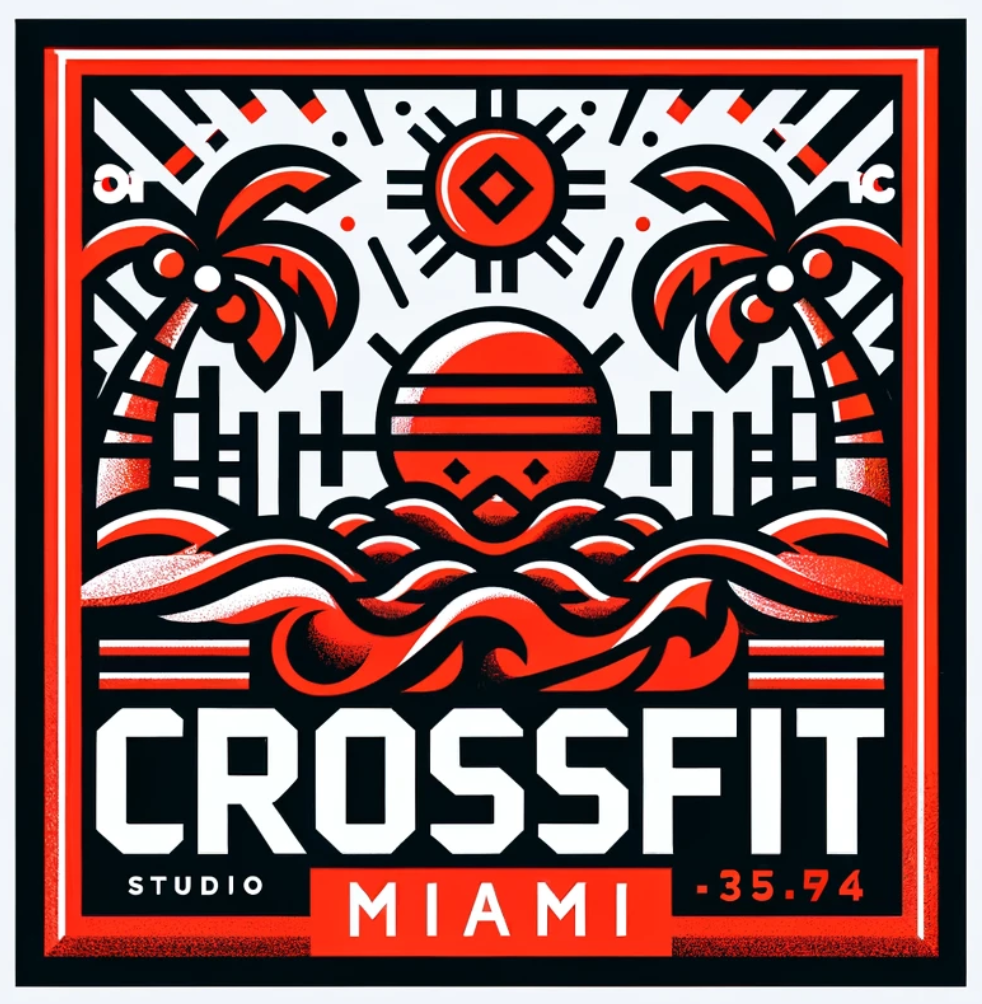Cross-functional fitness, a vibrant and evolving discipline, has captured the imagination of fitness enthusiasts around the world with its explosive and intense workouts. Characterized by an ever-changing combination of exercises drawn from a multitude of sports, this approach provides all-round physical development and rapid improvement in both strength and endurance. For many beginners, it’s a mystery what exactly is in store for them in training? Let’s learn together about the basic exercises and approaches used in cross-functional fitness.
The Structure of a Cross-Functional Fitness Session
- Warm-Up: The initiation phase of any cross-functional fitness workout is a high-energy warm-up designed to engage the entire body. Lasting approximately 30 minutes, this segment incorporates bodyweight exercises, running, and elements of gymnastics and yoga, preparing participants for the intensity ahead.
- Main Workout: Following the warm-up, the focus shifts to targeted muscle group training using a variety of equipment and weights. Exercises in this phase often derive from disciplines like weightlifting, kettlebell workouts, and even martial arts, emphasizing the multifaceted nature of the training.
- Cool Down: To wrap up, the session concludes with a cool-down aimed at muscle recovery and endurance building, often involving high-repetition bodyweight exercises such as push-ups, jump ropes, or abdominal work.
The distinctive feature of cross-functional fitness is its relentless pace and minimal rest periods, which forces participants to push their limits and quickly adapt to a tough training routine.

Core Exercises
The vast arsenal of exercises in cross-functional fitness can be categorized into bodyweight movements and weighted exercises, each contributing uniquely to the training goals.
Bodyweight Movements:
- Running: A staple for cardiovascular endurance
- Burpees: A full-body exercise combining push-ups and a jump, emblematic of the training’s intensity
- Squats: Both double-leg and single-leg variations for lower body strength
- Jump Rope: For coordination and stamina
- Gymnastic Rings: To enhance upper body strength and stability
- Pull-Ups: Critical for upper body muscle development
- Handstand Walks: Challenging balance and core strength
- Box Jumps: Improving explosive power and leg strength
- Sit-Ups: Core strengthening
- Yoga: For flexibility and recovery
Weighted Exercises:
- Clean and Jerk: A fundamental Olympic weightlifting move
- Snatch: Another key Olympic lift for power and agility
- Kettlebell Swings: For explosive strength and conditioning
- Sandbag Exercises: Enhancing functional strength and coordination
- Farmer’s Walk: Building grip strength and endurance
- Tire Flips: Developing raw power and core stability
Embrace the Diversity and Challenge
Cross-functional fitness offers a rich and varied training landscape, allowing practitioners to continually challenge themselves with new and demanding workouts.
Whether you’re drawn to the high-octane energy of bodyweight exercises or the disciplined strength required for weighted movements, this training approach ensures a comprehensive and rewarding fitness journey.
